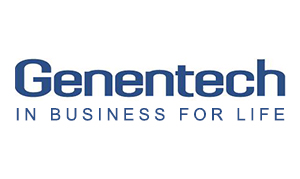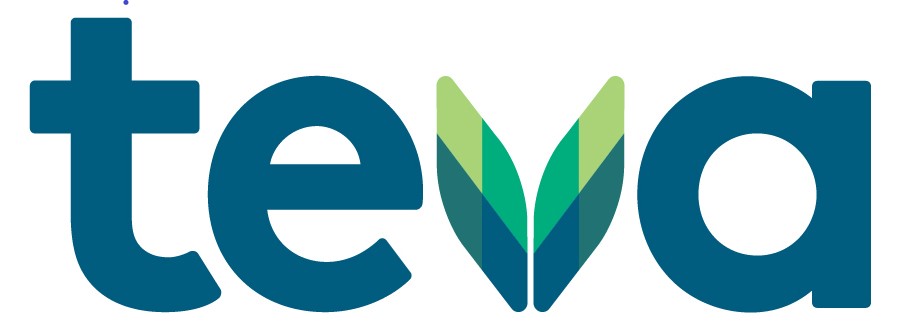Billing and payments are some of the biggest headaches that rheumatology practice managers deal with. Often, there is a stark difference between what is best for your bottom dollar and what your patients prefer. In the end, keeping your patients happy and serving them well should be your number one goal. Offering a painless billing and payment process is part of good customer service, and will help retain your patients and keep them coming back.
If you’re interested in making your billing and payment processes more patient-friendly, it’s important to understand what patients want and need, and then balance those things with your practice’s requirements. Luckily, many organizations have done studies and conducted research to figure out what patients want, and how to translate those desires into easier payment options. Here are just a few of the things those studies have revealed:
Online Payments
Healthcare is one of the few industries that still relies on snail mail for billing purposes. This is bad news for patients, who have come to expect online payments and instant access to their billing statements. Many providers have avoided embracing online payment systems because they believe their patients, who are often older, are uncomfortable with sharing their email address or unfamiliar with technology. The truth is that senior citizens are the fastest growing group joining Facebook, and have become increasingly comfortable and digitally savvy as computers become more prevalent. A good way to incorporate online payments is to offer them as an option to those who are interested, graduating patients into the new system slowly. This will give them what they want, without losing anyone in the shuffle.
Email Notifications
The best way to get in touch with people these days is through email. It’s fast, convenient, and easily accessible. Many practices have begun using email to send appointment reminders, schedule changes, and billing information, which patients prefer. The main concern with moving to a digital strategy is ensuring that everything you email is HIPAA compliant. With the threat of hackers and security compromises, this information could be intercepted, revealing protected health information. One way to avoid this and offer your patients the utmost safety is to use a secure message center that can encrypt emails. Patients must register and use a password to read the information. This extra step may seem annoying to some patients, but most will appreciate the fact that your practice has gone the extra mile to simplify their lives while keeping their information safe and secure.
Automated Payments
Many providers complain about how long it takes patients to pay their bills, and many patients are confused by multiple payments required for a single visit. They may throw out the second or third bill, not realizing it is an additional one and not a repeat of the first. One way to avoid this is to keep a credit card on file and charge it as needed, via an automated system. This would ensure that your medical practice gets the money it needs for the services it provides in a timely manner, which will allow you to serve your patients better. While some patients may feel uncomfortable about automated payments, an easy way to get them on board is to remind them that they’ll avoid overdue fees. Plus, automated payments can always be challenged or refunded in the event of a miscommunication or mistake. Just make sure store credit cards information in a manner which meets Payment Card Industry (PCI) compliance standards. Failure to meet PCI requirements may lead to fines, damages and the inability to process credit cards in the future.
We hope these ideas help you streamline your billing and payment processes. By making this process easier on your practice, you’ll be able to keep the focus on what’s truly important—the health and wellness of your patients.
Posted by



















